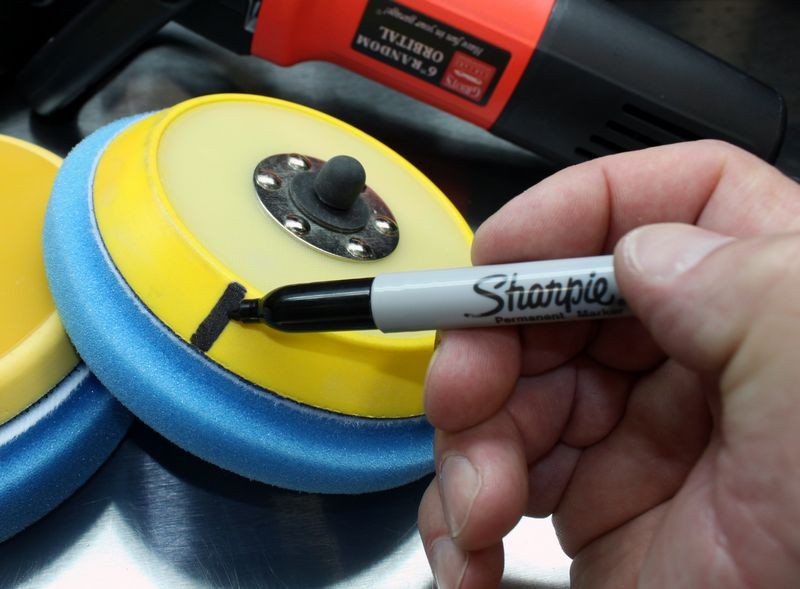Mike Phillips
Active member
- Dec 5, 2022
- 51,004
- 7
How to do a Test Spot and then buff out your car! Video Explanation by Mike Phillips
This is my opinion is one of the best videos Yancy and I have ever made together and also one of the easiest to follow, understand and then implement the techniques video on the topic.
I coined the term Test Spot for this industry so I think I'm qualified to explain how do one as well as WHY to do one.
Test Spot - The story behind the story...
This is good too...
The two reasons WHY you should always do a Test Spot before buffing out any car

This is my opinion is one of the best videos Yancy and I have ever made together and also one of the easiest to follow, understand and then implement the techniques video on the topic.
I coined the term Test Spot for this industry so I think I'm qualified to explain how do one as well as WHY to do one.
Test Spot - The story behind the story...
This is good too...
The two reasons WHY you should always do a Test Spot before buffing out any car

